A hidden treasure in the Staffora Valley
Bagnaria is an ancient medieval village that holds a fascinating history and deserves to be discovered by lovers of beauty and suggestive atmospheres. Situated in the heart of the Staffora valley, amidst the inland mountains, this little jewel is located in an almost hidden position, so that it is often overlooked by those crossing the provincial road leading to Varzi. But just turn towards the historic centre and you will be greeted by an enchanting beauty.
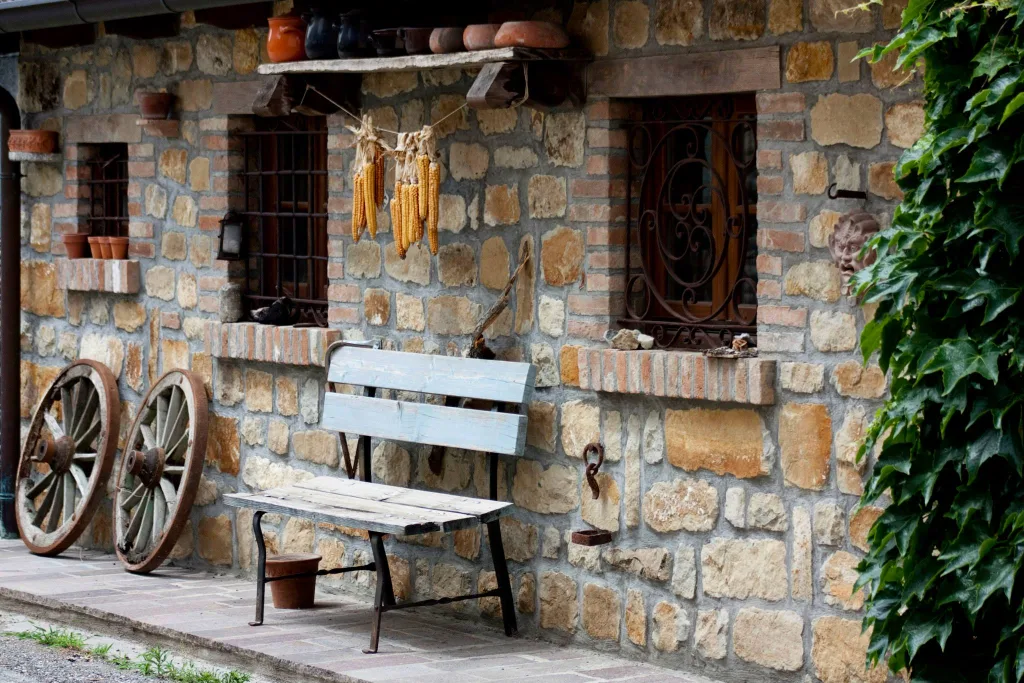
A noble past
Known in ancient times as "Balnearia" because of the presence of thermal baths in Roman times, the history of Bagnaria is rich in events and marked by various changes of ownership between the nobles who administered the fief over the centuries: from the noble Busseti of Tortona to the Genoese Carlo Fieschi to the Doria princes, who held it until 1792 and managed to have it recognised as an imperial fief. The noble Bagnaria thus found itself in an even more privileged position than the separate jurisdictions of Oltrepò Pavese, enjoying judicial and fiscal autonomy. However, with the arrival of Napoleon and the political changes of the time, the imperial feud of Bagnaria was abolished, marking a new era in the history of the village.
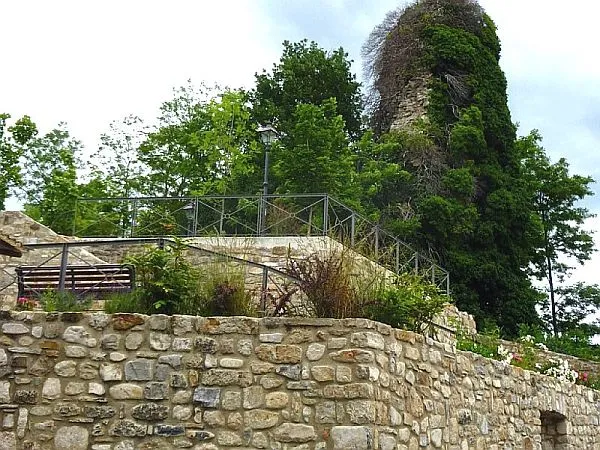
Discovering the resilient medieval village
On 9 October 1828, a violent earthquake struck Bagnaria, leaving the castle in ruins and destroying much of its architectural heritage. Today, all that remains of the majestic castle is the Fieschi Doria Tower, a silent testimony to a glorious past. Despite the destruction caused by this terrible event, the medieval village of Bagnaria has shown extraordinary resilience in recovering and preserving its unique beauty.
Perched on a panoramic balcony, Bagnaria is one of the most evocative villages in Oltrepò. Its characteristic stone houses, with their unmistakable architectural details, attract the attention of anyone who ventures along its winding streets.
Piazza San Bartolomeo, the heart of Bagnaria
The beating heart of the village is the central Piazza San Bartolomeo, a charming square in which stands the Church of St Bartholomew the Apostle, dating back to the 11th-12th centuries. The elegance and majesty of the church, with its bell tower rising proudly into the sky, evokes a sense of wonder and devotion.
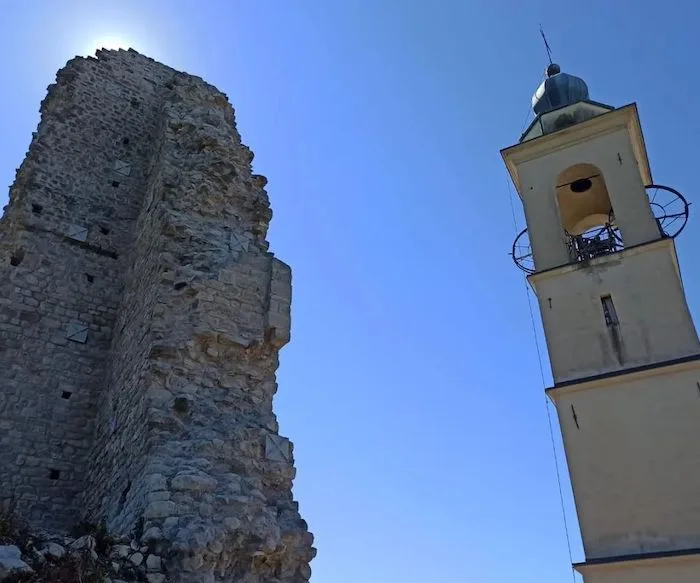
Malaspina Palace and the branch of the dry thorn
Another architectural gem in Bagnaria is Palazzo Malaspina, the prestigious home of the noble Malaspina family. To this day, the entrance door of this historic palace still bears the coat of arms of the family, with the branch of the Spino secco representing the family.
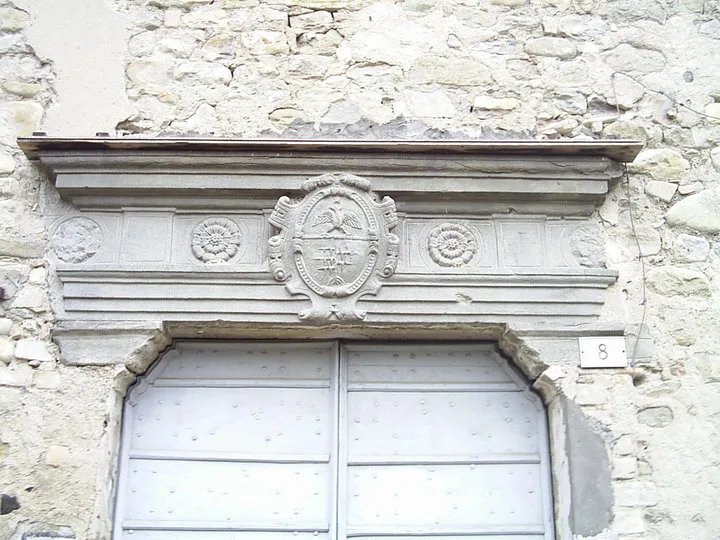
Going around the area
The beauty of Bagnaria does not end in its historic centre. The charming hamlet of Livelli offers another opportunity to immerse oneself in an enchanted atmosphere where one can lose oneself in the quiet alleys and admire the harmony between nature and the traditional architecture of the place.
A short distance away is the ancient village of Coriola, a real treasure to be discovered. Here, time seems to have stood still, leaving the authenticity and simplicity of the place intact.
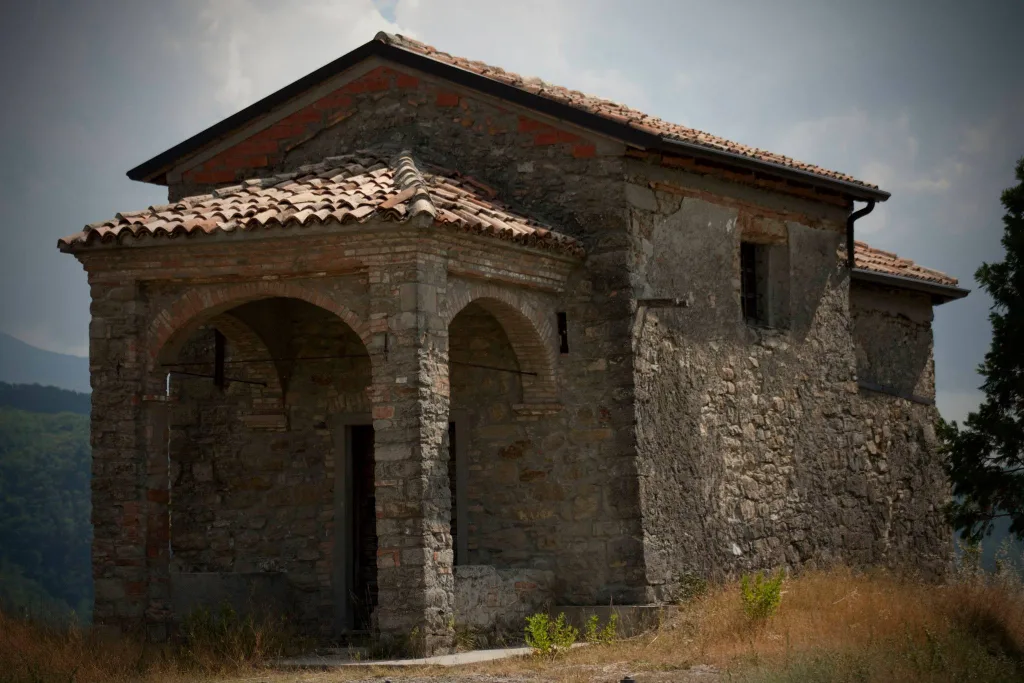
Bagnaria, town of cherries. But also of the apple
Bagnaria is part of the National Association of 'Cities of Cherries' and celebrates the sweet fruit in the first week of June. On the second Sunday in October, the traditional Apple Day is held.









